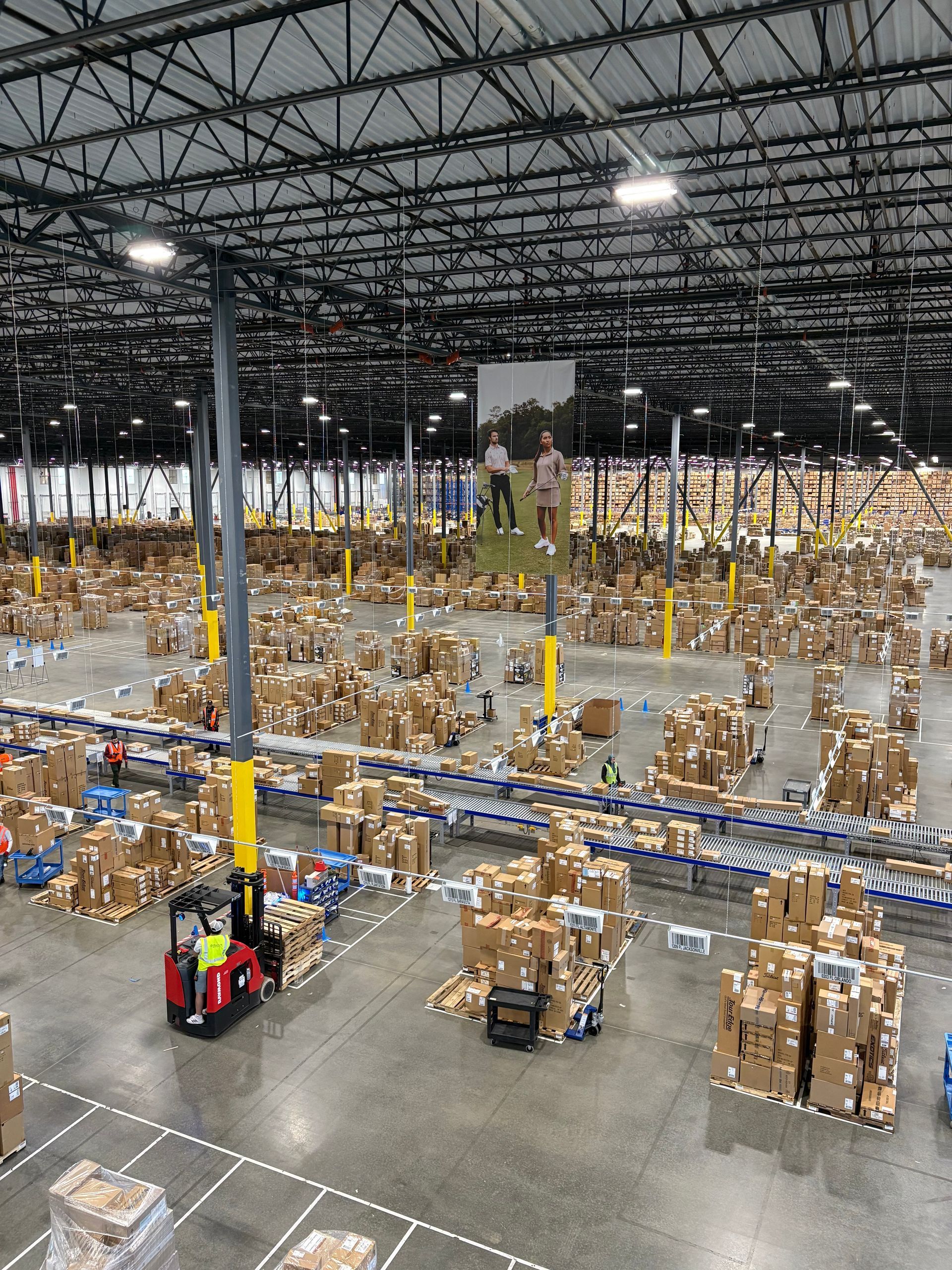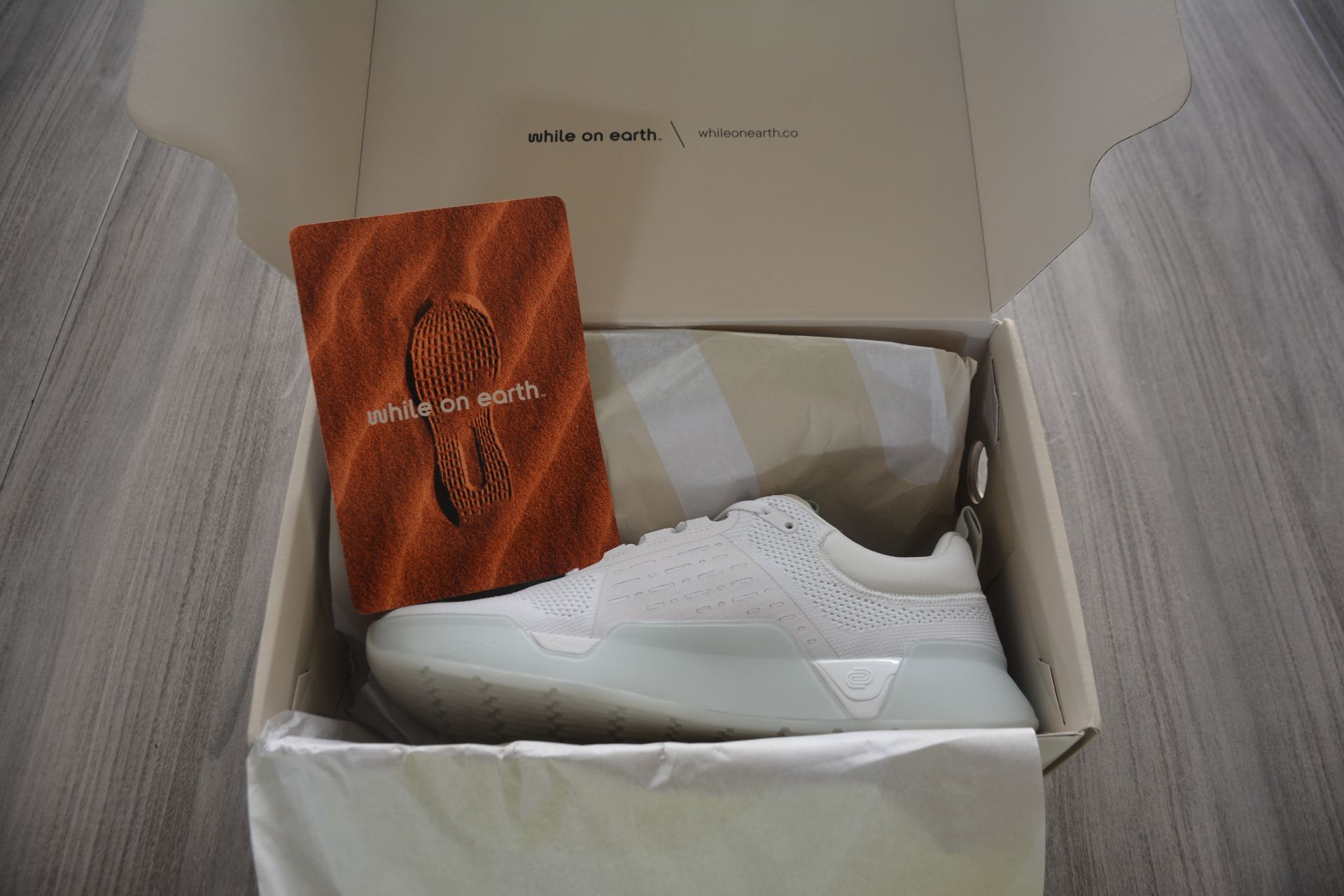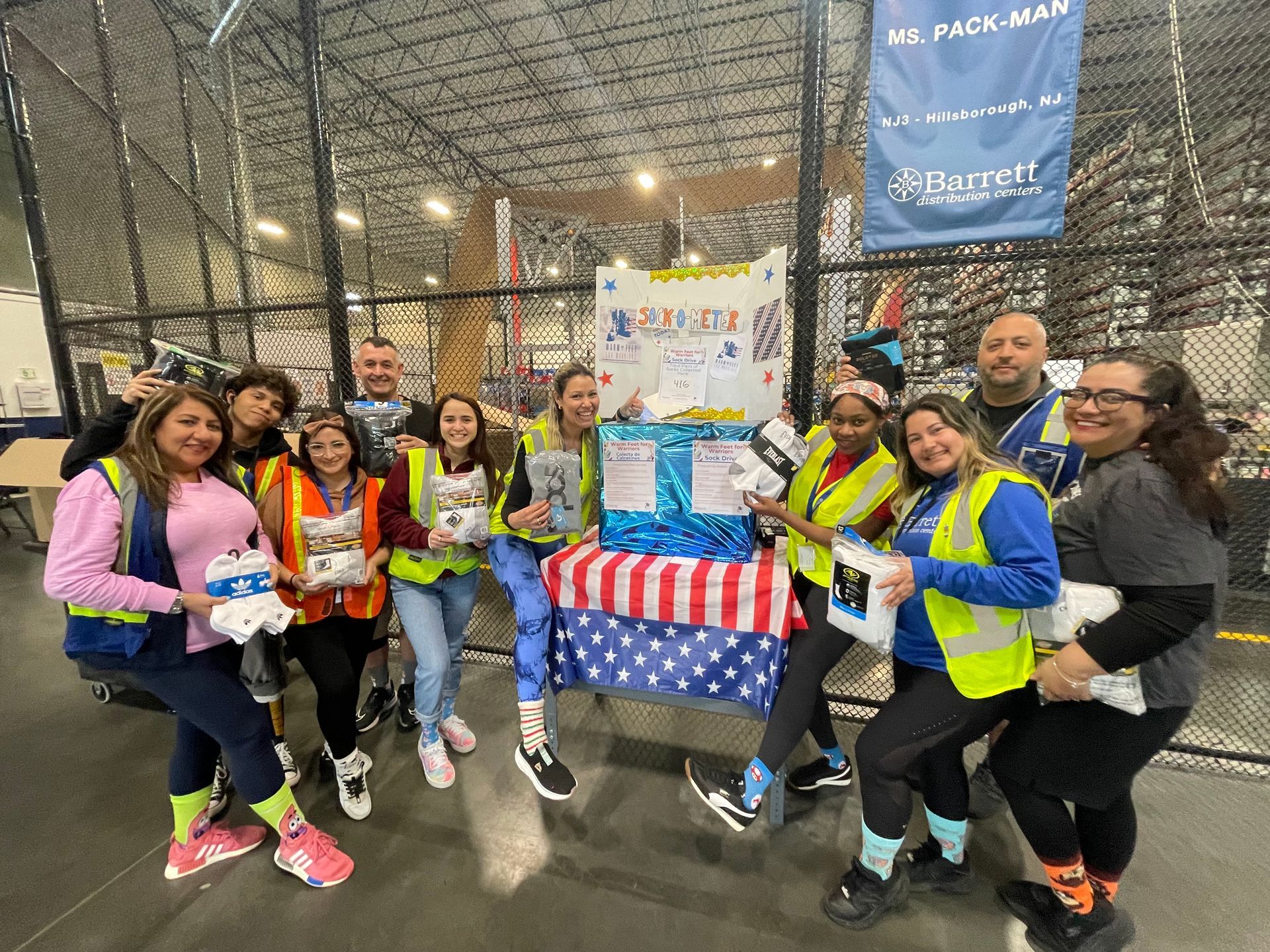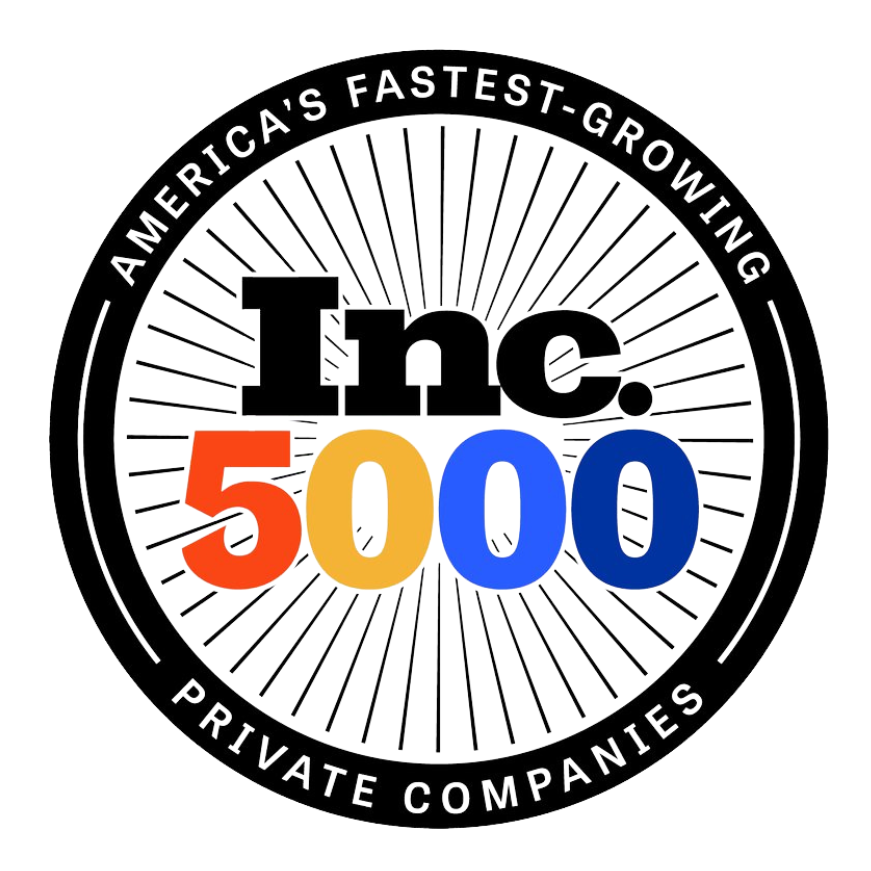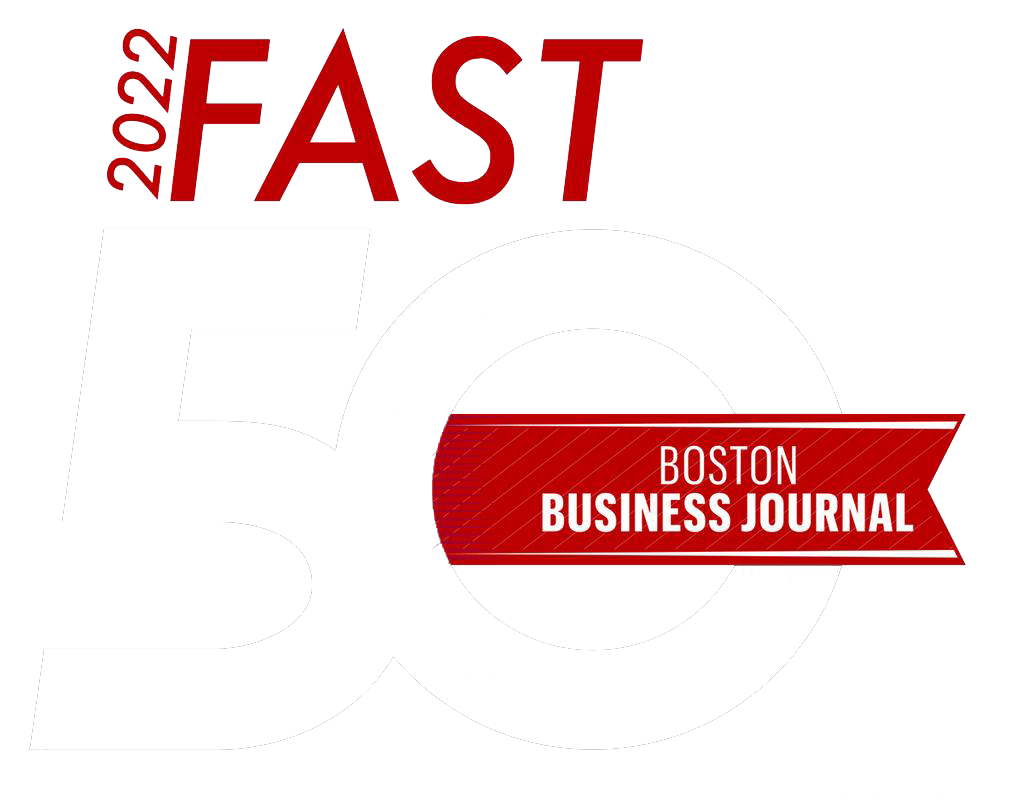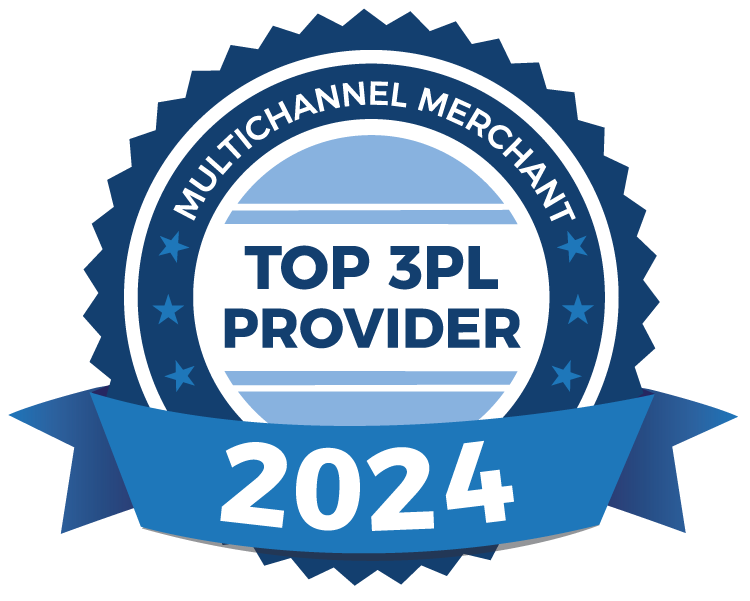4 Last-Minute Tips to Boost Your E-commerce Sales During Peak Season
We all know the holidays are the Super Bowl for e-commerce brands. You've been juggling everything from managing orders and tracking inventory to running operations smoothly. The heat is on (cue the mic). Here's the good news: there's still time to make a few quick adjustments and closeout 2024 with a boost in sales. Here are four last-minute tips to maximize your e-commerce sales this holiday season:
1. Feng-shui your e-commerce store
Before making any big money moves, treat the shopping experience on your e-commerce site as if you were walking into a retail store. For example, why do we (and I mean myself) love shopping at Whole Foods? The shopping experience is organized and fun compared to traditional grocery stores and easy to navigate. Whole Foods brings in billions a year (from me alone) because most consumers don’t mind spending a little extra for convenience.
With this tip in mind, type your store’s URL and explore your website as a first-time walk-in. Use a pair of customer lenses to check on:
- Your website’s loading speed – Online shoppers expect instant results. Make sure your site loads quickly to avoid losing potential customers who won’t wait for a slow page.
- Your checkout process – Go through the entire order process yourself. Note how long it takes and how simple it feels to complete a purchase. A smooth, quick checkout can make a substantial difference in conversion rates.
- Site layout and navigation – The easier it is to navigate your store, the better. Top questions to ask yourself: Does your website clearly state what you’re selling? Does it strategically highlight your offers on the homepage?
2. Display your holiday bestsellers
Showcasing your bestsellers reduces the customer's overwhelm during the shopping process. Think about how much easier it is to land on a site, and the work is already done for you. There's no need to spend hours researching products when your site can showcase the best sellers. This strategy also avoids abandoned carts. It makes it easier for customers to add items to the cart and follow through to checkout.
However, if you’ve recently started your e-commerce business and don’t have a history of seasonal faves, here’s a few top suggestions:
- Apparel & Footwear – Cozy loungewear sets, beanies, scarves, boots, hoodies, and holiday-themed pajamas.
- Beauty & Personal Care – Skincare gift sets, holiday make-up palettes, perfume sets and self-care bundles and hair care sets.
- Electronic & Gadgets – Wireless earbuds and headphones, smart home devices (voice assistants, smart bulbs, thermostats), fitness trackers and smartwatches, portable chargers and power banks, and gaming consoles and accessories.
3. Time's ticking on holiday promos
It’s no secret customers are hunting for the best deals and will always gravitate toward retailers offering a bit extra. Here are some promo ideas to try this season:
- Free shipping – According to research published by CNBC, offering free shipping on returns (a policy offered by Zappos) boosted sales by 357%.
- Discounts – Shoppers love a good deal. Offer a percentage off or dollar discounts on selected products—it’s up to you!
- Coupon codes – Promo codes are an easy way to offer discounts. Create a unique code, like “HOLIDAYSALE,” and share it with customers for easy savings.
- BOGO deals – The classic “2-for-1” deal! The word “free” is a proven motivator, so test it out and see how it works for your business.
- Bulk discounts – Encourage higher spending with bulk discounts. This strategy can increase your Average Order Value (AOV) by encouraging customers to buy more for less.
4. Capture and convert
Ad campaigns are your holiday MVP. Run multiple ad sets to target different audience segments or pursue separate goals. Here are some tips for effective social media ads:
- Focus on reach and traffic objectives – These options help you reach a broad audience at a lower cost, boosting visibility.
- Make your ads pop – Simple visuals with strong, clear messaging increase the chances of catching attention and driving clicks.
- Fine-tune your ad sets – Once your campaigns are live, monitor them. Analyze performance, adjust and see what resonates best with your target audience.
A quick email never hurt anybody
If you have your customers’ email addresses, you hold one of the most valuable assets in digital marketing. Email is still a powerhouse, delivering an impressive 122% average ROI. Consider sending a newsletter that highlights your holiday promotions and special offers. Keep it simple, visually appealing and direct. Use a strong call to action (CTA) and link directly to your products.
💡Barrett ProTip: Don’t forget to target abandoned cart customers! Platforms like Shopify offer apps to automatically send reminders to customers who left items in their carts. It’s a great way to recover potential sales.
Host a social media giveaway
Giveaways are an excellent way to engage your audience, attract new potential customers and increase sales. Create a holiday-themed bundle or offer a selection of limited-time products as a prize. Ask people to participate by following your account, tagging friends in the comments and sharing your post. Once the contest ends, select a random winner and send them the prize. It’s an easy, interactive and effective strategy to create buzz and drive engagement.
Wrap it up
It's time to implement these strategies and make the most of the holiday season. Think about which tips best fit your brand and start taking action. Small moves like fine-tuning your ads, sending a well-timed email, or running a fun giveaway can significantly impact your year-end results. Here's to finishing strong and setting yourself up for a great start to 2025!
Are you looking for a 3PL partner that gets your e-commerce needs? Contact us now to connect with a seasoned 3PL expert.
Recent Blog Posts
